disadvantages of artificial food coloring
They have no nutritional value but the damage to the dyes for the human body is very possible. Food colorings in use may be natural artificial or.

Four Incredibly Harmful Effects Artificial Dyes Have On Our Health Foodnerd
A number of additives can cause allergic reactions.

. They are also not guaranteed to retain its original color when subjected to high temperatures. Artificial food coloring is linked to crankiness sleep disorder and restlessness. And because it is derived from natural products it can cause a allergic reaction to the person consuming it if they are allergic to the product it is made from itself.
If a product doesnt match the standard they expect consumers generally perceive that product as being of poor quality or no longer fresh. In commercial food manufacturing artificial colors come in many forms such as liquids powders pastes and gels. Many parents have observed their childs behavior improve.
In other words it over-stimulates childrens minds which in turn causes their misbehavior. While the safety of these dyes has been called into the issue. Over the decades the FDA has eliminated all but a few artificial color dyes because theyve caused cancers and other harmful illnesses but the remaining dyes on the market may be no better.
SpEd Share this infographic on your site. Another reason that a color is. Offsetting color loss due to light air extremes of temperature moisture and storage conditions masking natural variations in color enhancing naturally occurring colors and providing.
Reviewed by Mary McLaughlin Special Education Teacher. There is a strong link between ADHD and consumption of preservatives artificial colors Theres no solid evidence that food additives cause ADHD but certain food colorings and preservatives may increase hyperactive behavior in some children Chemicals linked to hyperactivity include sodium benzoate red food dye various yellow food dyes. Food coloring today includes any dye pigment or chemical substance that imparts a color when it is added to food or drink.
Artificial food coloring makes your foods more fascinating and desirable. Coal tar is a very complex mixture. The dyes that are FDA.
Consumption of foods containing artificial dyes can cause an inflammatory response in the body which leads to the activation of the immune system increases the amount of white blood cells entering the bloodstream. Claims have been made that artificial dyes cause serious side effects such as hyperactivity in children as well as cancer and allergies. Artificial food colors can also cause intestinal upset and breathing problems.
Artificial food color is derived from coal tar and petroleum. These products are bought in bulk since the foods that contain them like cereals or candy are often made in large quantities in factories. Their purpose normally falls into one of 4 various categories.
Disadvantages associated with this extraction method like slow process for extracting colour high temperature requirement large volume of water requirement heat sensitive colouring substances gets. Some food colorings pose a risk of cancer. Artificial dyes contain small molecules which are.
The two most widely artificial colorings -- Red 40 and Yellow 5 -- are also the most likely additives to cause allergy-like reactions and hypersensitivity. The topic is highly controversial and there are many. The disadvantage of food Artificial coloring.
The third chapter deals with the natural food colors whereas the fourth deals with the inorganic food colors and the fifth chapter with food color fixatives and stabilizers. Food additives are substances like preservatives flavor enhancers and coloring agents that are added to food. Currently used in the food industry coloring agents are labeled E100 - E199.
They can also cause hyperactivity in some children. Studies have shown that there is a link between the flavor and expected color of a food and the color may affect sensations during consumption. Artificial preservatives may act as antioxidants make food more acidic reduce the moisture level of food slow down the ripening process and prevent the growth of microorganisms all of which help the food last longer.
The disadvantages may vary from the colors causing simple allergies to some heavy metallic colors that. Processed food is mostly equipped with artificial food dyes which provides us with one more reason to avoid them. They replenish enhance or keep nutrients help prepare or process the food make the food look more attractive or retain the freshness or general quality of the product.
The disadvantages of using artificial food coloring seem to be greater than the advantages. And although many of them set the maximum allowable concentration natural dyes are considered safe for human healthCurrently a large widespread artificial food dyes which are water-soluble organic compounds that do not exist in nature. While we might have a hard time picturing childhood without all the dazzle of beautiful colors studies have shown that all those foods containing artificial colors are toxic for children.
Since consumers base so much of their food choice off of a color this is the main reason the food industry utilizes colorants to enhance a products aesthetics. Consumers have come to expect certain foods to be a specific color. Unfortunately color additives are also added to cosmetics drugs and foods drinks.
Coal tar is flammable and it is known to cause cancer in humans and several PAH compounds in coal tar are toxic to aquatic life. This means you can make fewer trips to the store and have less food waste because the preservatives help minimize the amount of food you buy that goes bad before you can eat it. Coal tar is a brown or black liquid of extremely high viscosity.
Artificial food coloring risks include irritability allergies learning and sleeping problems depression memory loss and aggressiveness. Since it is being used in artificial food color humans that consume it have a chance of getting. Natural food color is pricier than artificial colorings.
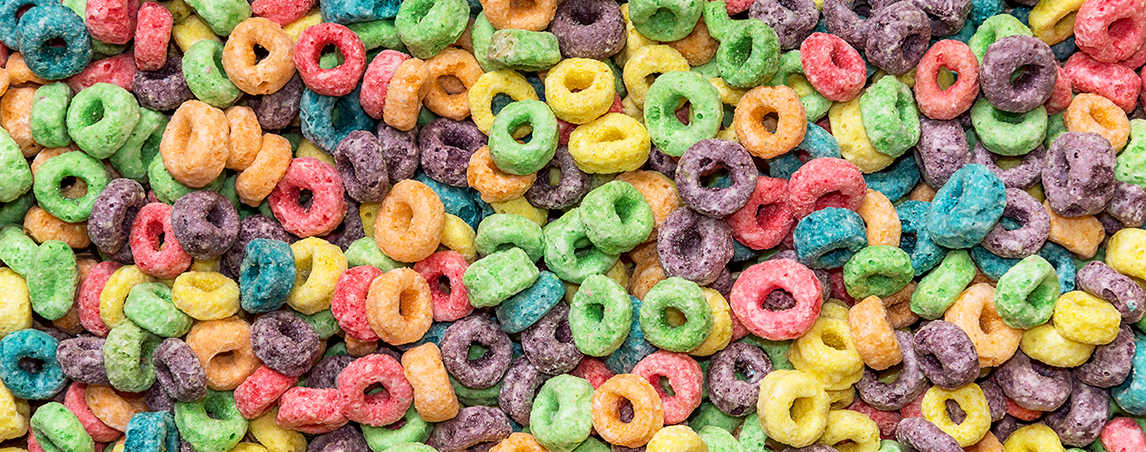
Artificial Colors Vs Natural Dyes Bestfoodfacts Org

Harmful Effects Of Artificial Food Colors How To Make Natural Colors At Home

Four Incredibly Harmful Effects Artificial Dyes Have On Our Health Foodnerd

Artificial Synthetic Food Colours Types Of Dyes Their Harmful Effects The Wellness Corner

Are Artificial Food Flavors And Colorings Harmful

The Disadvantages Of Food Additives
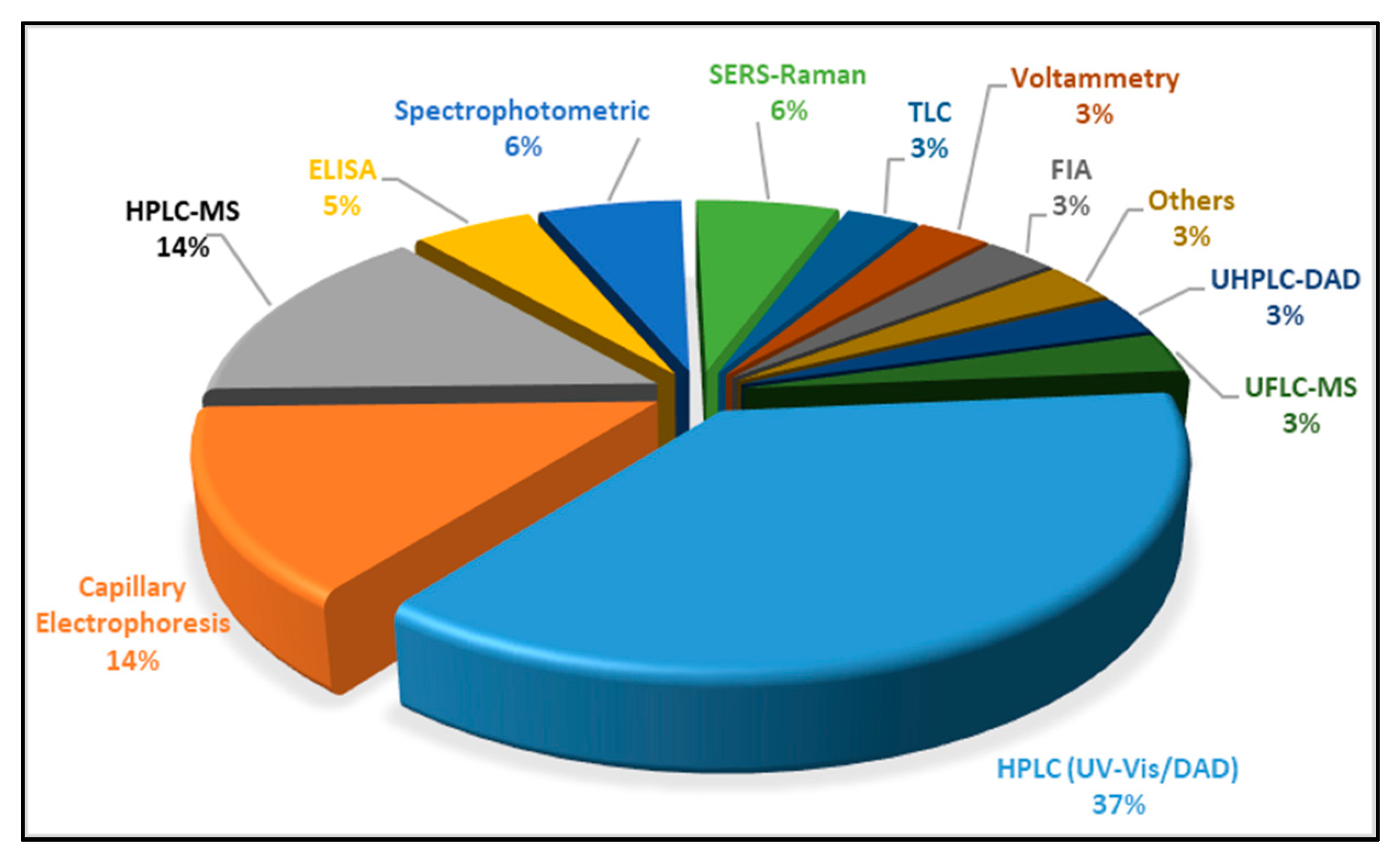
Foods Free Full Text Analytical And Sample Preparation Techniques For The Determination Of Food Colorants In Food Matrices Html
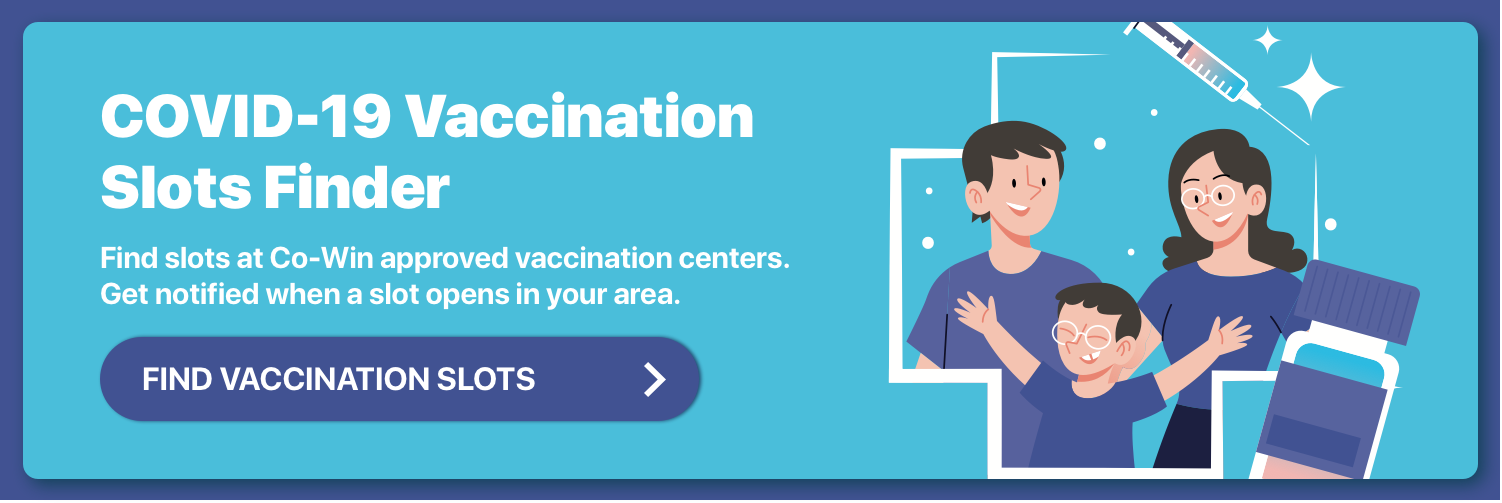
Artificial Synthetic Food Colours Types Of Dyes Their Harmful Effects The Wellness Corner

Four Incredibly Harmful Effects Artificial Dyes Have On Our Health Foodnerd

Pdf Benefits Of Food Colours And Safety In Usage
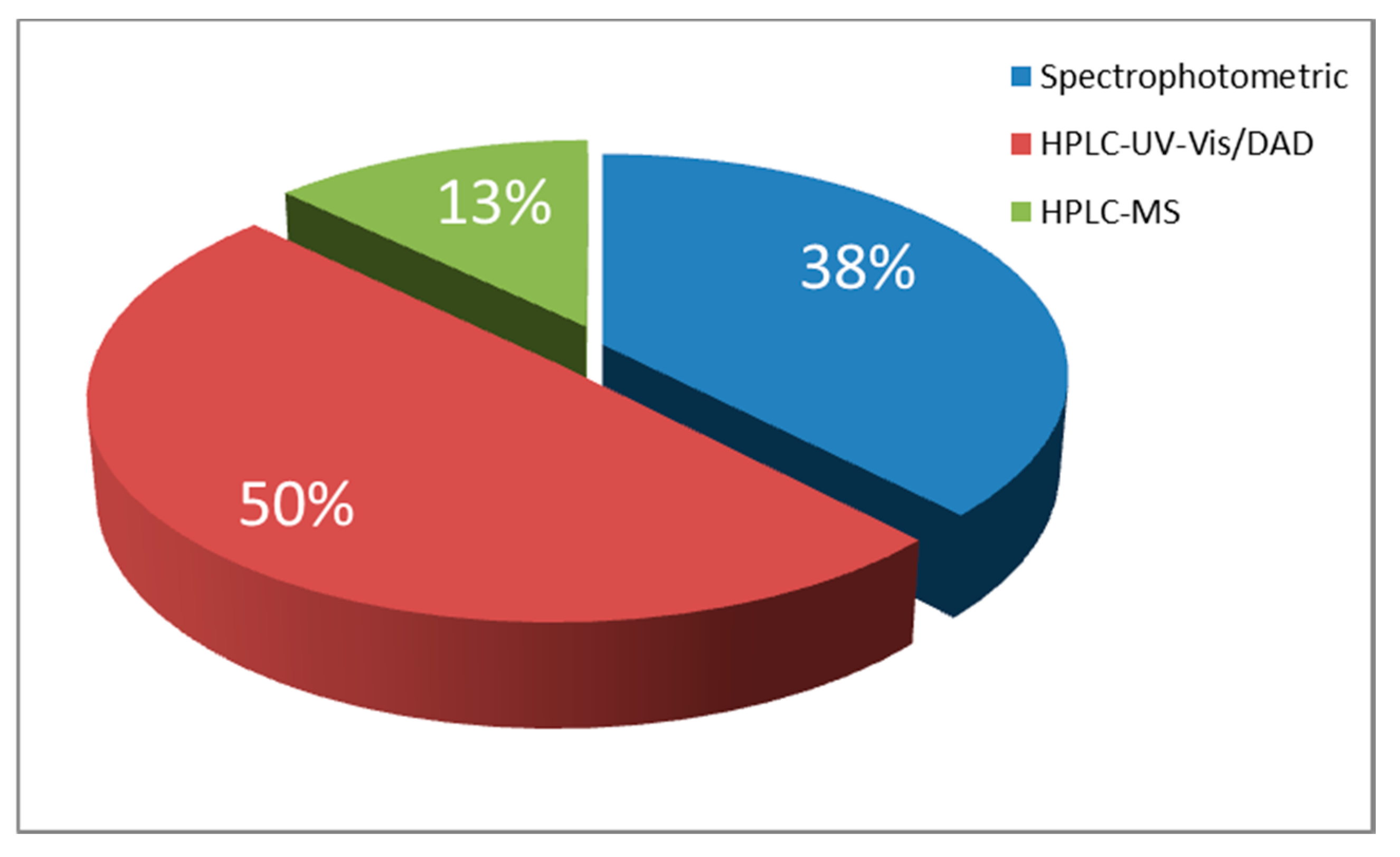
Foods Free Full Text Analytical And Sample Preparation Techniques For The Determination Of Food Colorants In Food Matrices Html

The Hidden Health Risks Of Food Dyes Eatingwell

Is Artificial Food Coloring Safe For Kids Here S What You Should Know
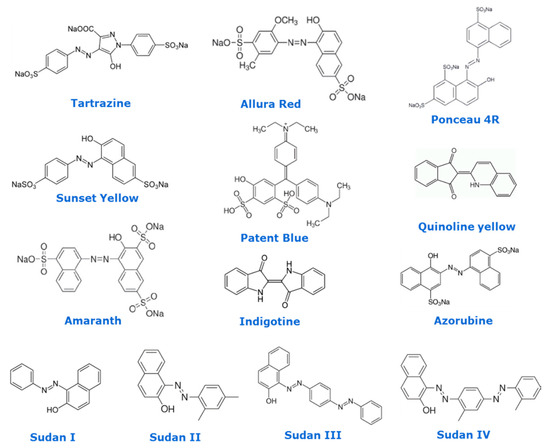
Foods Free Full Text Analytical And Sample Preparation Techniques For The Determination Of Food Colorants In Food Matrices Html
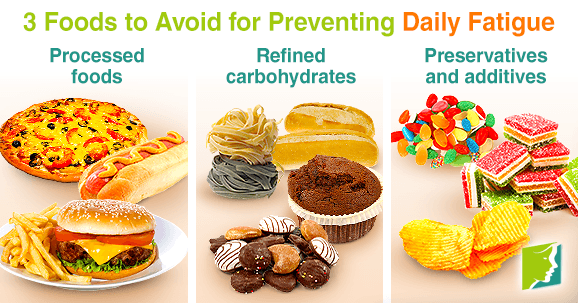
Natural Artificial Food Preservatives Advantages And Disadvantages Science Online
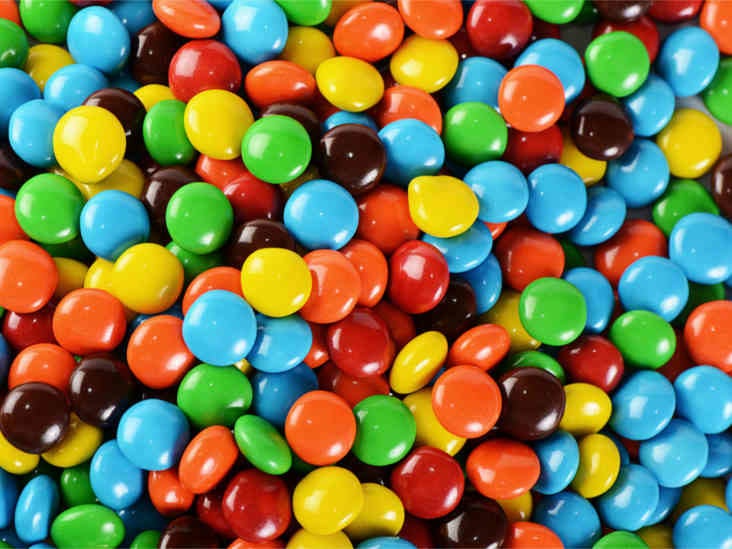
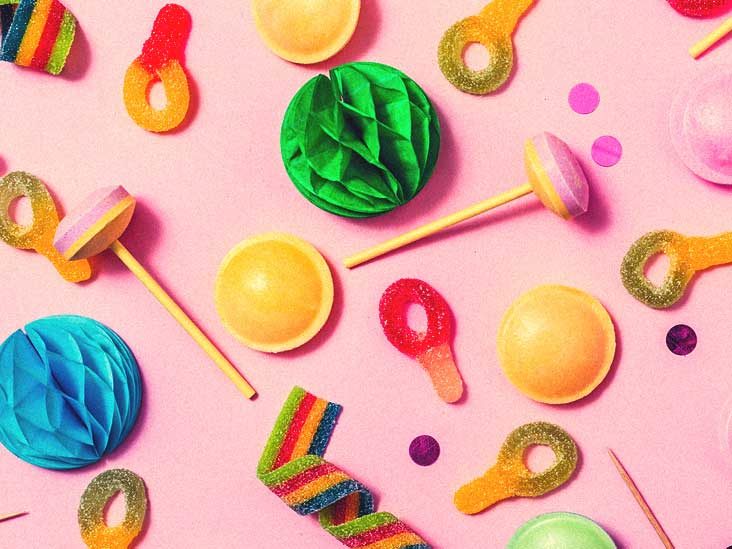

0 Response to "disadvantages of artificial food coloring"
Post a Comment